Retro Replay Review
Gameplay
After Burner II delivers the fast-paced aerial combat that fans of the series expect, but with fresh twists that keep the action feeling modern. The most significant gameplay addition is the manual speed control, which allows pilots to throttle their jet into bullet time or rocket into breakneck acceleration. This feature not only adds strategic depth—enabling you to dodge rapid-fire barrages and line up precision shots—but also gives a satisfying sense of command over the battlefield.
(HEY YOU!! We hope you enjoy! We try not to run ads. So basically, this is a very expensive hobby running this site. Please consider joining us for updates, forums, and more. Network w/ us to make some cash or friends while retro gaming, and you can win some free retro games for posting. Okay, carry on 👍)
Beyond speed manipulation, After Burner II expands on the original’s formula with several new levels and a handful of previously unseen enemy types. The stage layouts introduce fresh obstacles like missile turrets and wave-based fighter squadrons that challenge your reflexes as much as your tactical choices. Coupled with a greater stock of disposable missiles, these additions encourage more aggressive playstyles and allow for spectacular combo takedowns.
Despite the enhancements, the core loop remains delightfully familiar. You’re still locking onto targets with radar-guided aim, evading incoming fire with deft barrel rolls, and lining up that perfect camera-shot kill. The tight, responsive controls feel at home whether you’re playing in the arcade cabinet or on a home console port, ensuring the original’s pick-up-and-play appeal translates seamlessly into this updated package.
Graphics
Visually, After Burner II retains the polished sprite work and 2D perspective that defined mid-’80s arcade shooters, but with subtle refinements. The re-release sports brighter color palettes and crisper animations, especially noticeable on the new enemy fighters and animating background elements. While the core engine hasn’t changed, these aesthetic tweaks give the game a slightly fresher sheen without deviating from its classic arcade roots.
One standout is the redesigned cockpit HUD, which now displays dynamic speed indicators and missile counts more legibly. Explosions have been given extra frames of animation, resulting in more gratifying destruction sequences. Even the clouds and terrain scroll with a smoother parallax effect, adding depth to the high-altitude dogfights and reinforcing the sense of velocity when you kick the throttle into overdrive.
When compared to earlier ports—like those on NES or Amiga—the arcade original’s visuals remain the benchmark, and After Burner II comes closer than ever to recreating that authentic cabinet look. While it doesn’t rival modern 3D shooters, its stylized, retro presentation holds up surprisingly well, offering a nostalgic trip for long-time fans and an appealing novelty for newcomers seeking a taste of arcade history.
Story
True to arcade tradition, After Burner II doesn’t dwell on a deep narrative—its focus is on non-stop action. You take on the role of a lone fighter pilot tasked with intercepting and neutralizing an escalating aerial threat. Each mission briefing is concise, but the stakes feel high as you zoom through hostile airspace, dodging flak and enemy fighters determined to take you down.
While there isn’t a branching plot or character development in the conventional sense, the game’s escalating difficulty and variety of foes create an emergent story of survival and mastery. Boss encounters in the final acts serve as dramatic climaxes, challenging you to apply every skill you’ve honed—precision aiming, speed control, missile management—to emerge victorious.
This lean narrative approach keeps you focused on the cockpit experience, where the real story unfolds in split-second decisions and the triumph of pulling off a perfect run. It’s a “show, don’t tell” philosophy that works well for an arcade shooter, allowing the intensity of the gameplay to carry the emotional weight.
Overall Experience
After Burner II strikes an excellent balance between nostalgic homage and thoughtful enhancement. The new speed control mechanic alone refreshes the classic formula, giving both casual players and arcade veterans a novel reason to revisit the skies. Combined with extra levels, additional enemies, and a subtly upgraded soundtrack, the re-release feels like a celebration of what made the original great, rather than a simple straight port.
Replayability is high: mastering the throttle system, chasing high scores, and perfecting run‐throughs on the tougher later stages will keep you engaged long after your first victory. The game’s short, intense missions make it ideal for quick bursts of action, yet the pursuit of flawless runs and leaderboard supremacy provides a deeper long-term draw.
For fans of retro shooters or anyone craving streamlined, high-octane action, After Burner II is a must-play. It preserves the heart-pounding thrill of the arcade classic while adding thoughtful touches that enrich the experience. Whether you grew up in the ’80s chasing arcade tickets or you’re a new recruit to the genre, this re-release delivers exactly what you want: fast jets, explosive dogfights, and that unbeatable rush of blazing through the skies at breakneck speed.
 Retro Replay Retro Replay gaming reviews, news, emulation, geek stuff and more!
Retro Replay Retro Replay gaming reviews, news, emulation, geek stuff and more!
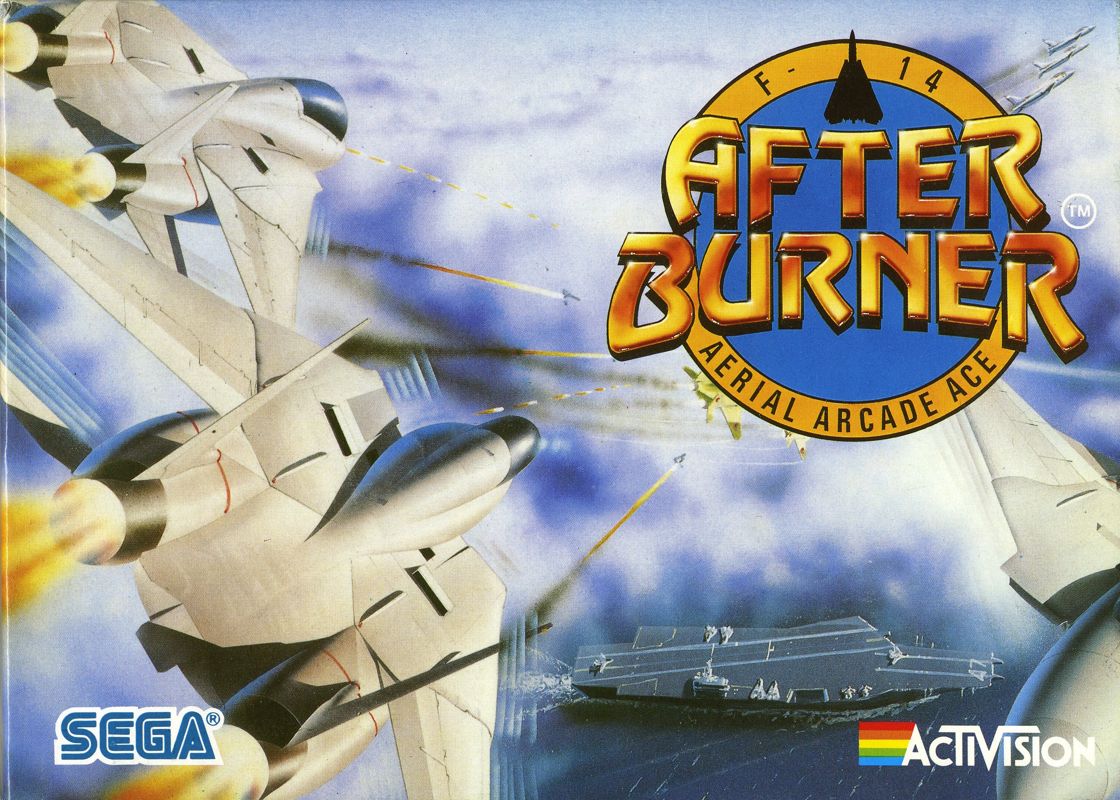
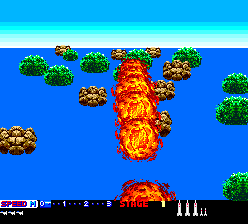
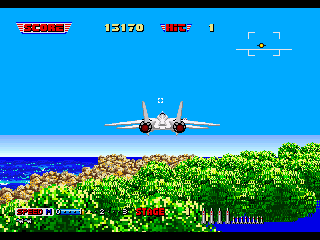

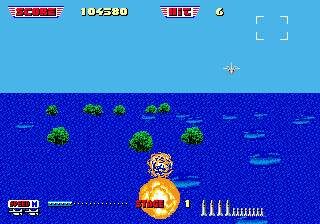
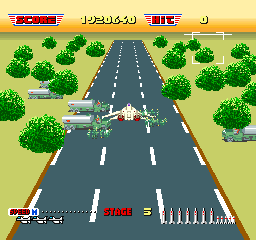


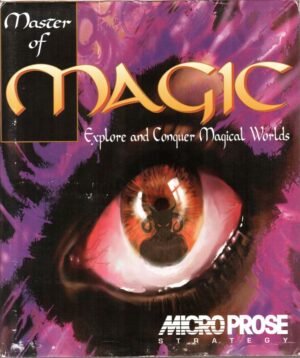
Reviews
There are no reviews yet.